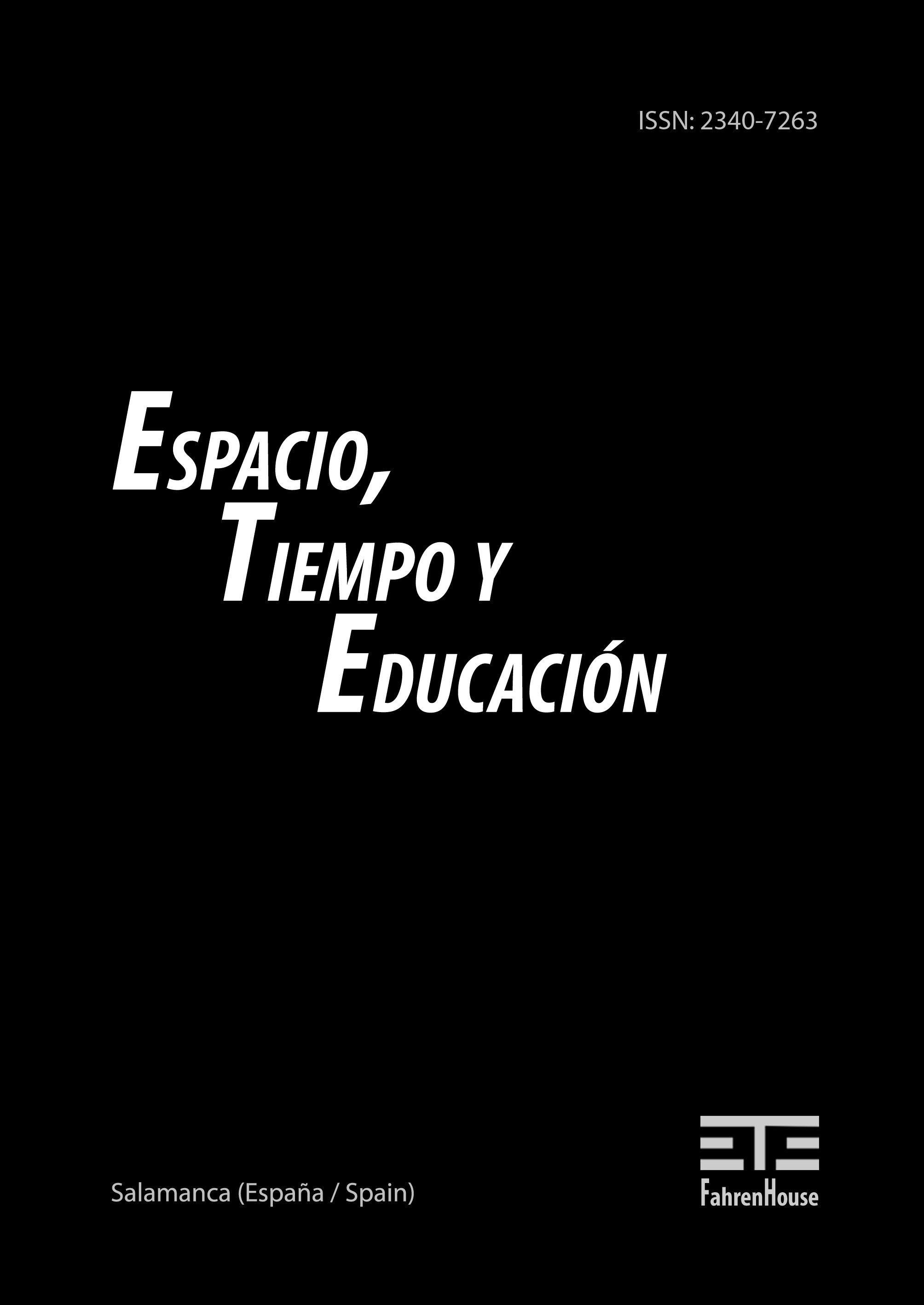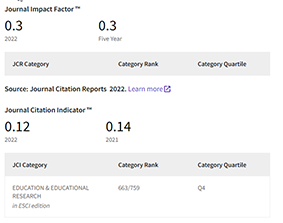What is a computer for? Utilitarian construction in the advertising strategies of specialized magazines in computer science and video games in Spain (1984-1991)
DOI:
https://doi.org/10.14516/ete.523Keywords:
Game Studies, Videogames, Cultural Industries, Advertising, Representations, Computer CultureAbstract
This research analyzes the advertisement of four specialized magazines in video games and personal computer science from the 1980s in Spain (Commodore Magazine, Microhobby, Micromanía y Msx Club) to identify the process of constructing the meaning of 8-bit computers in the context of video game culture during its early years. Advertising sought to define personal computer as tool of future for work and education. Still, its imprint on entertainment could not be avoided, especially in the face of competition from consoles and higher-end computers (16-bit). Simultaneously, personal computers defined their users hazily, unable to break free from a set of restrictive stereotypes.
References
Aarseth, E. (2001). Computer Game Studies, Year One. Game Studies. The international journal of computer game research, 1(1), consultado el 2 de marzo de 2020, https://bit.ly/2THn20k
Bell, D. (2006). El advenimiento de la sociedad postindustrial. Alianza Editorial.
Bøgh Andersen, P. B., Holmqvist, B., & Jensen, J.F. (1993). The computer as medium. Cambridge University Press.
Bolter, J.D., & Grusin, R. (2000). Remediation. Understanding New Media. MIT Press.
Bourdieu, P. (1993). The field of cultural production: Essays on art and literature. Polity Press.
Bourdieu, P. (2005). The rules of Art. Polity Press.
De Diego, E. (1995). Historia de la industria en España: la electrónica y la informática. EOI Escuela de Organización Industrial.
Díaz-Campo, J., & Fernández-Gómez, E. (2017). Estereotipos de género y socialización del menor: La publicidad de juguetes a través de Facebook en España. Observatorio (OBS*), 148, 1-21. https://doi.org/10.15178/va.2019.148.1-21
Esteve, J. (2012). Ocho quilates: Una historia de la edad de oro del software español. Star-T Magazine Books.
Esteve, J., & Peinado, F. (2019). Retos para diseñar una metodología para el estudio de la historia del videojuego en España. Comunicación y Métodos, 1(2), 181-195. https://doi.org/10.35951/v1i2.35
Freiberger, P. y Swaine, M. (1984). Fire in the Valley: The Making of the Personal Computer. McGraw-Hill.
Gómez García, S. (2011). Adoctrinando el future: las emisiones infantiles y juveniles de Radio Nacional de España durante el primer franquismo. Zer: Revista de estudios de comunicación, 30, 135-152.
Kirkpatrick, G. (2013). Computer games and the social imaginary (Digital media and society series). Polity Press.
Kirkpatrick, G. (2015). The formation of gaming culture: UK gaming magazines, 1981-1995. Palgrave Pivot.
Kirkpatrick, G. (2016). Making games normal: Computer gaming discourse in the 1980s. New Media and Society, 18(8), 1439–1454. https://doi.org/10.1177/1461444814558905
Kuckartz, U. (2014). Qualitative text analysis: A guide to methods, practice and using software. Sage Publications.
Latour, B. (2005). Reassembling the social. An introduction to actor-network-theory. Oxford University Press.
López-Redondo, I. (2012). El tratamiento del videojuego de la Prensa Generalista a las revistas especializadas. Análisis comparativo de las ediciones digitales de El País, El Mundo, Público y 20 minutos. Disertación doctoral, Universidad de Sevilla.
Medà Calvet, I. (2020). Desarrollo, difusión e impacto social y cultural de los videojuegos de 8 bits en España (1983-1992). Disertación doctoral, Universitat Autònoma de Barcelona.
Merino, A. (2019). Un Pasado Mejor: La Edad de Oro del software español. Editorial Game Press.
Mora-Cantallops, M., & Bergillos, I. (2018). Fan preservation of ‘flopped’ games and systems: The case of the Virtual Boy in Spain. Catalan Journal of Communication & Cultural Studies, 10(2), 213-229. https://doi.org/10.1386/cjcs.10.2.213_1
Navarro-Remesal, V., & Mora-Cantallops, M. (2017). Arqueología de Gluk Video. En M.I. Escalas Ruiz & P. Trapero Llobera (Eds.), Productos transmediaticos e imaginario cultural: arqueología transmedia (pp. 181-210). Colección Tecsed.
Navarro-Remesal, V., & Pérez-Latorre, V. (2021). Perspectives of the European videogames. Amsterdam University Press.
Newman, M. (2017). Atari age: The emergence of video games in America. MIT Press.
Pérez, I. (2013). De sirvientas y eléctricos servidores. Imágenes del servicio doméstico en las estrategias de promoción del consumo de artículos para el hogar (Argentina, 1940-1960). Revista de Estudios Sociales, 45, 42-53. http://hdl.handle.net/11336/1777
Planells De la Maza, A. J. (2013) La emergencia de los Game Studies como disciplina propia: investigando el videojuego desde las metodologías de la Comunicación. Historia y Comunicación Social, 18, 519–528. https://doi.org/10.5209/rev_HICS.2013.v18.43985
Švelch, J. (2018). Gaming the Iron Curtain: How Teenagers and Amateurs in Communist Czechoslovakia Claimed the Medium of Computer Games. The MIT Press.
Venegas, A. (2016). La Historia de los videojuegos y el papel del historiador. Deus Ex Machina. Cuaderno de juegos y máquinas.
Veraart, F. (2011). Losing meanings: computer games in dutch domestic use 1975-2000. Ieee annals of the history of computing, 33 (2), 52-65. https://doi.org/10.1109/mahc.2009.66
Williams, D. (2003). The Video Game Lightning Rod. Information, Communication & Society, 6(4), 523-550. https://doi.org/10.1080/1369118032000163240
Wolf, M. J. P. (2015). Videogames around the word. The MIT Press.







